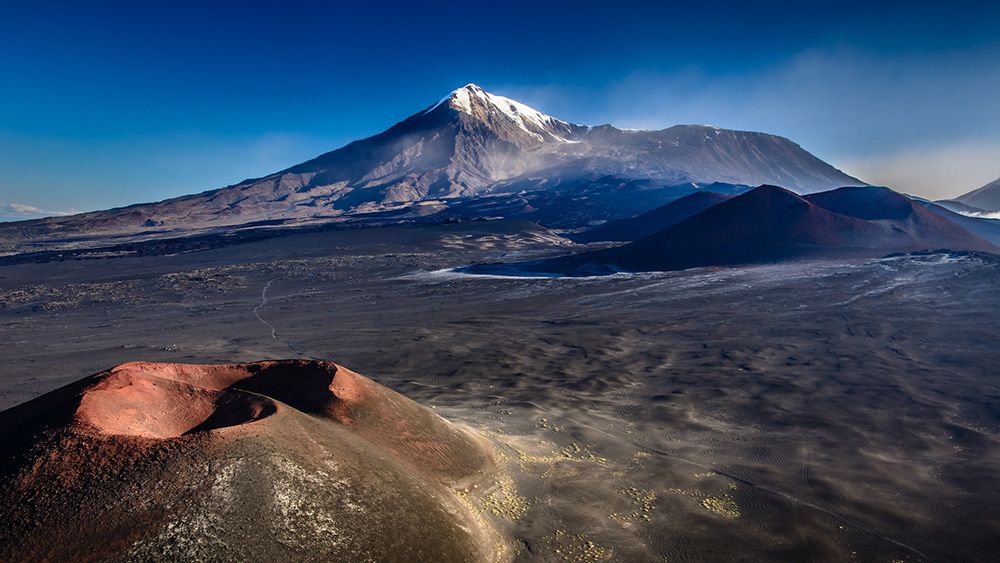Diamonds are remarkable. Most form deep within Earth, 62 miles or more beneath our feet and are brought to the surface in powerful explosive eruptions. Yet researchers looking at the 2012–13 eruption of Tolbachik on the Kamchatka Peninsula in Russia found tiny diamonds in the volcanic debris. This was not one of those powerful explosions but a massive series of lava flows. So why were there diamonds showing up unexpectedly?
The “easiest” way to form diamonds is taking carbon and exposing it to the immense pressure within Earth’s mantle. Then they get coughed up with other chunks of rock from the mantle in these giant explosive eruptions called kimberlites. They’re named after one of the world’s most famous and productive diamond mines in Kimberley, South Africa. The places where we find most diamonds today are from the rocks created by these eruptions, found in places like northern Canada and Arkansas. Sometimes, glaciers or rivers have moved the diamonds from their sources, but they can be traced back to their original volcano sources.
There hasn’t a kimberlite eruption in recent human history. The most recent known kimberlite eruption might have happened 10,000 to 20,000 years ago in Tanzania, and that is controversial. The last confirmed kimberlite erupted 30 million years ago in the Democratic Republic of the Congo. Both of those places (and the locations of most kimberlite eruptions) are old continental areas called “cratons,” away from active tectonic zones like volcanic arcs.
